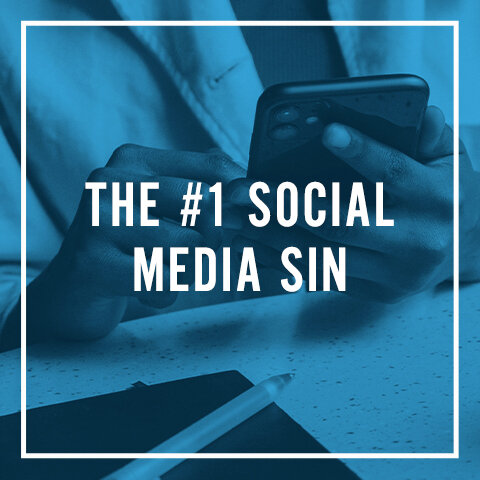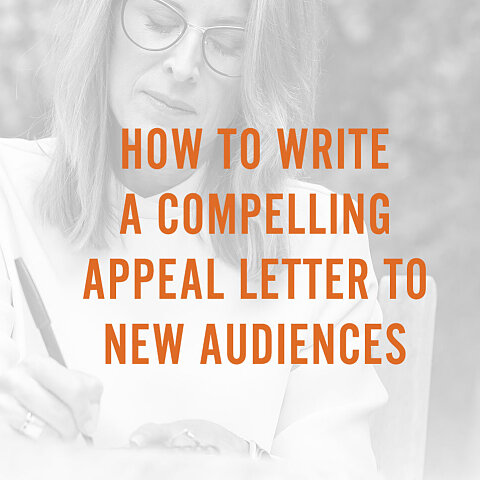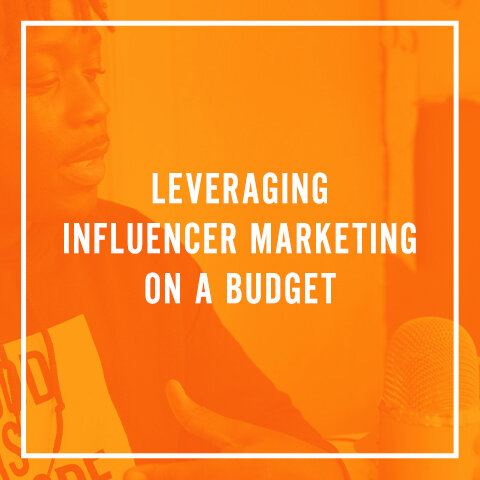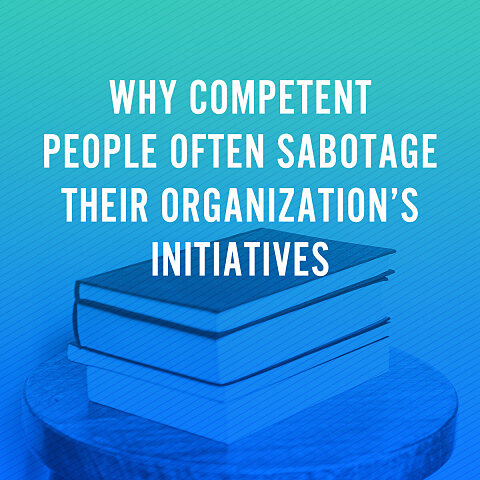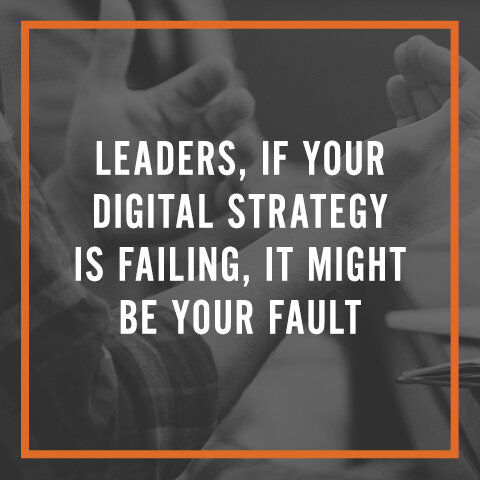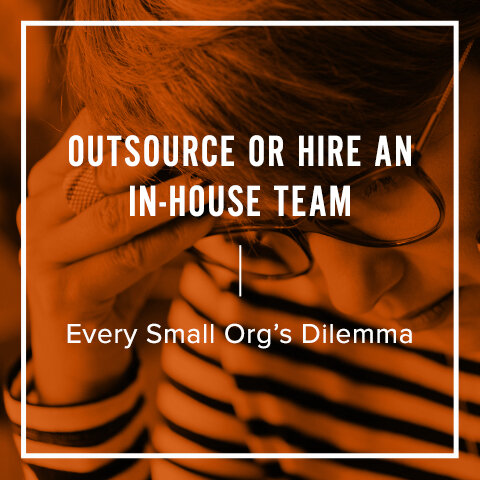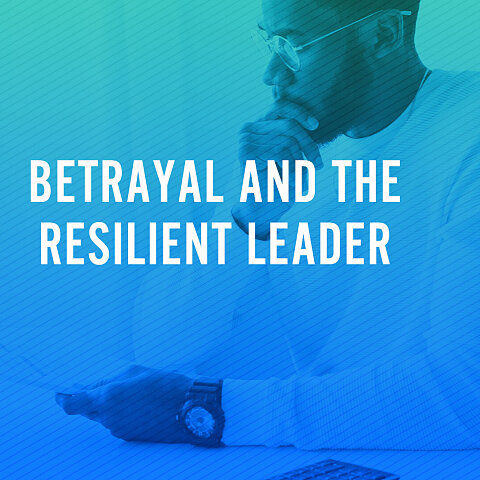Tips for Your Brand's Logo Design: Do's and Don'ts
By Chris Ward
Whether you're creating a brand new entity or looking to refresh your current brand, most organizations begin at the same point: their logo. The primary visual identifier for your brand, logos can be both exciting and challenging. Capturing the essence of an organization in a clean and memorable way, and navigating emotional attachment to the current logo for established organizations, can make something that seems so simple, well...not. If you're looking to create a new or updated logo, here are a few do's and don'ts that will help simplify the process and ensure a beautiful AND practical brand that will last for years to come.
Do: Understand the difference between your brand & logo.
Don't: Underestimate the value of either & the role they play.
Your brand is the collective experiences and quality of interaction a person will have with your organization, service or product.
Your logo serves to identify your organization, service or product (not to define it). It is only through an audience's experience with a brand that a logo will eventually develop meaning.
It is critical that an organization takes the right steps, follows great strategy, and implements great tactics to set their audience up for the right experience that will define the meaning of your logo. This will result in your logo serving as a reminder to the public of the great services or products your organization offers.
Do: Make your logo relevant.
Don't: Make your logo trendy.
It is important that your logo is visually appropriate for the audience for which it is intended. Your brand just needs to seem like the intuitive choice. This is the goal of being relevant.
Relevance can also be a team effort. Sometimes the burden of being relevant can fall on the shoulders of your promotional graphics and brand messaging. And, as long as the logo is a simple and memorable logo, it will serve to identify your organization and not distract from the overall brand communication.
The pitfall of a trend can make your logo timely, but works against long term relevance (as it will be outdated once the trend ceases to be a trend). Using a trendy art style, typeface, or color group will give you a false relevance. These should only be used in very specific situations where a brand is INTENDED to have a limited life.
Define what the simple message of your brand needs to be, and decide if the best way to tell it is through your logo or other brand assets. If you decide that it is through your logo, then make sure the message is conveyed in a simple, memorable, timeless, versatile and appropriate way. If so, your logo will be relevant.
Do: Begin the design process in black and white.
Don't: Begin the design process in color.
Color is very important to the overall perception of a logo, but color is also just a single step in logo design. It is important that a logo is versatile. One of the ways we test versatility with a design is to first see how strong a logo is without color to distract us.
Even as time and technology pass us by, there will always be new needs for logos to represent a brand in subtle and minimal ways. Most of the time, these applications require black or white versions of a logo.
If you like a logo option that has been designed for you in black or white, odds are that you will like it even more once color has been applied to the design.
The benefit is that once you've approved it with color applied, you will know that it already works in limited color applications. Now, that's a versatile logo!
We hope these tips help you in being more prepared for your brand's development, and the design of your logo!



